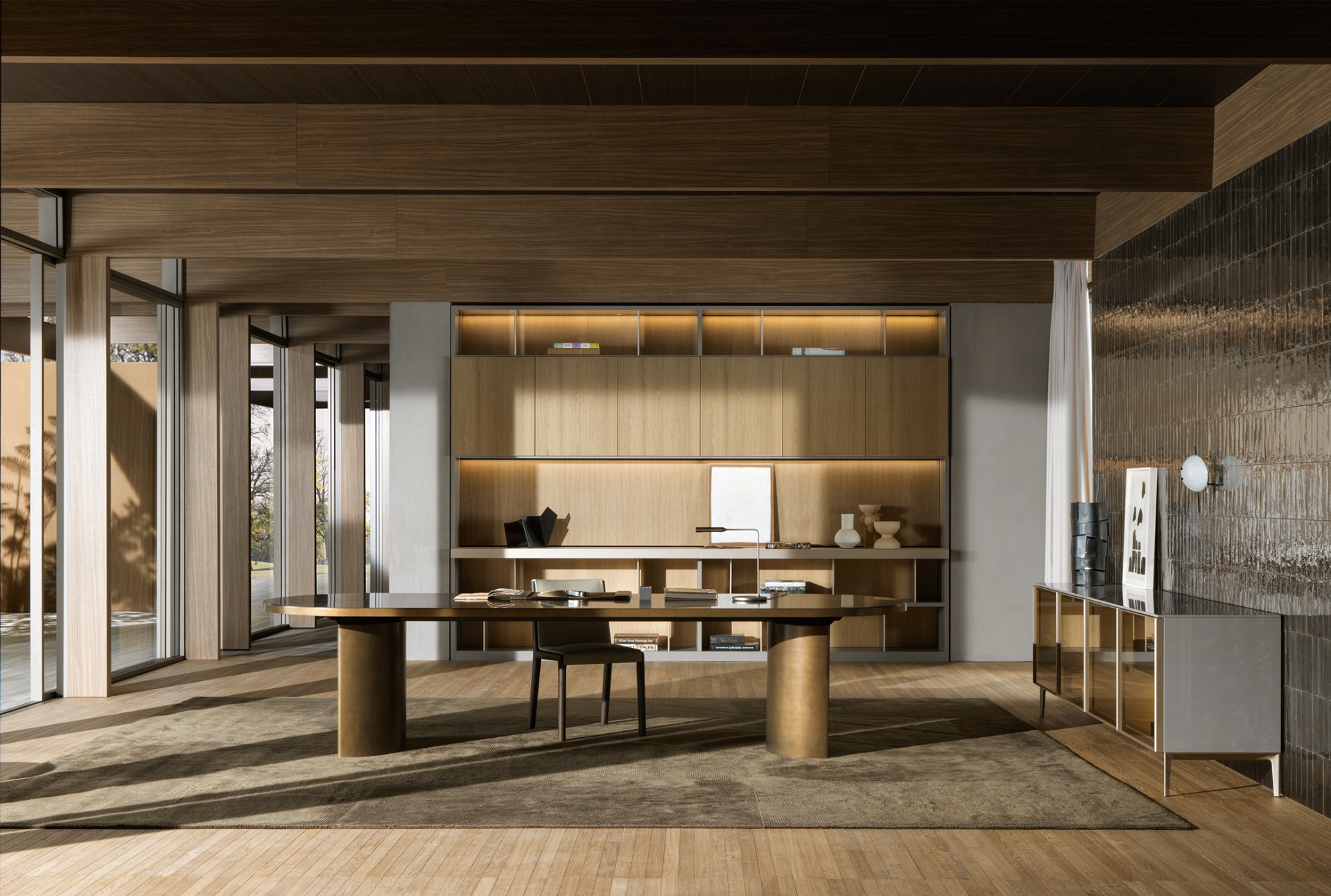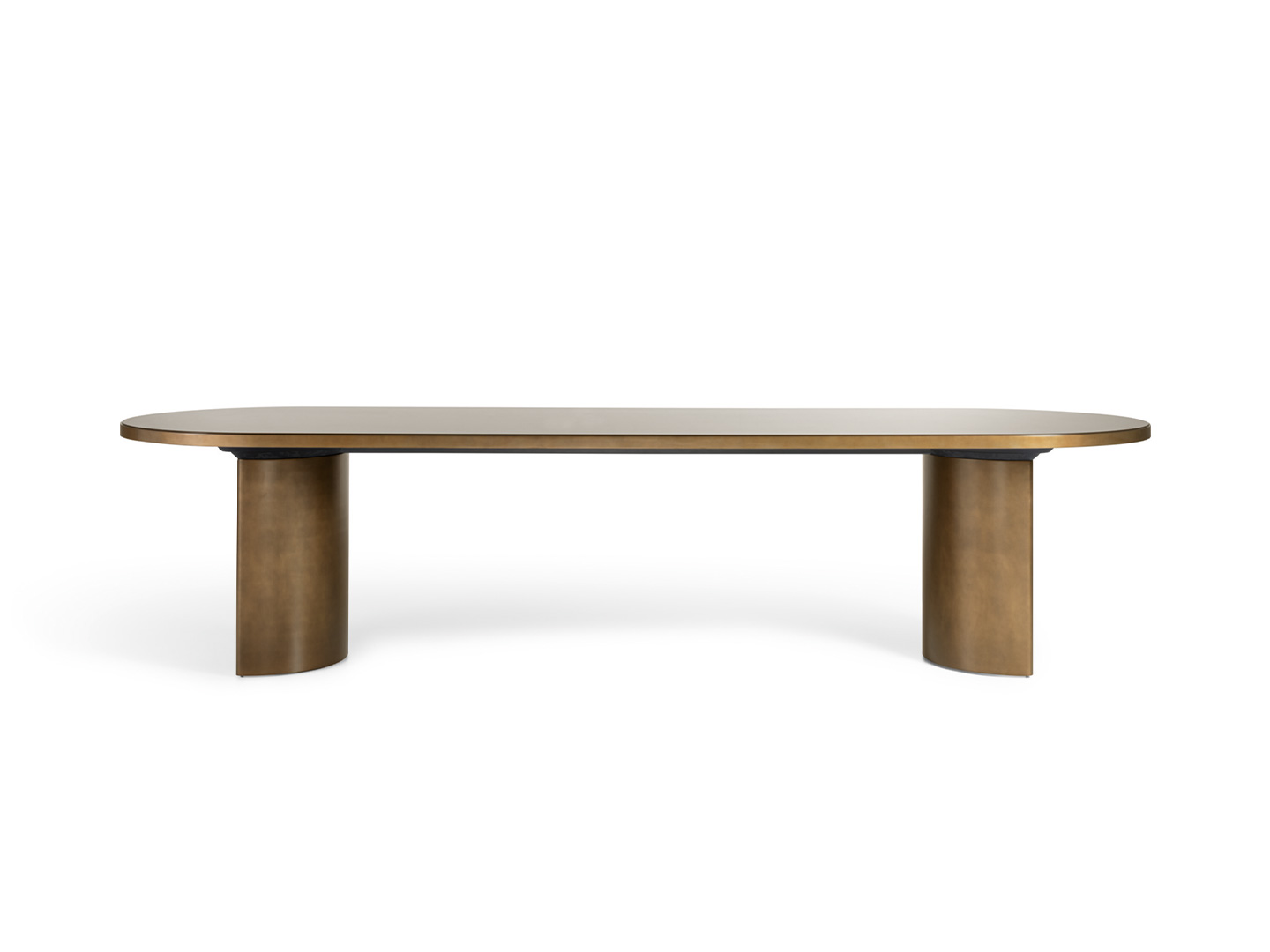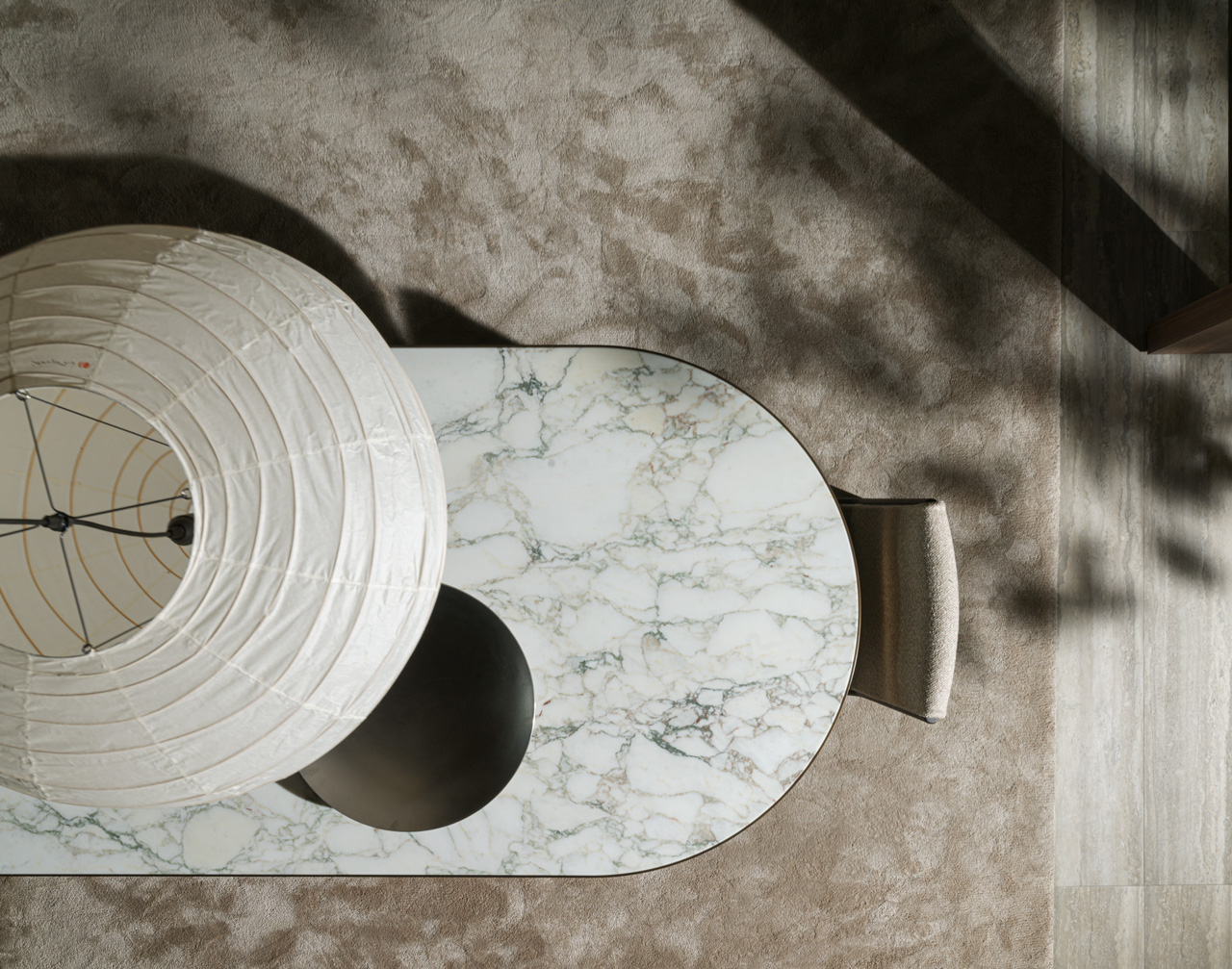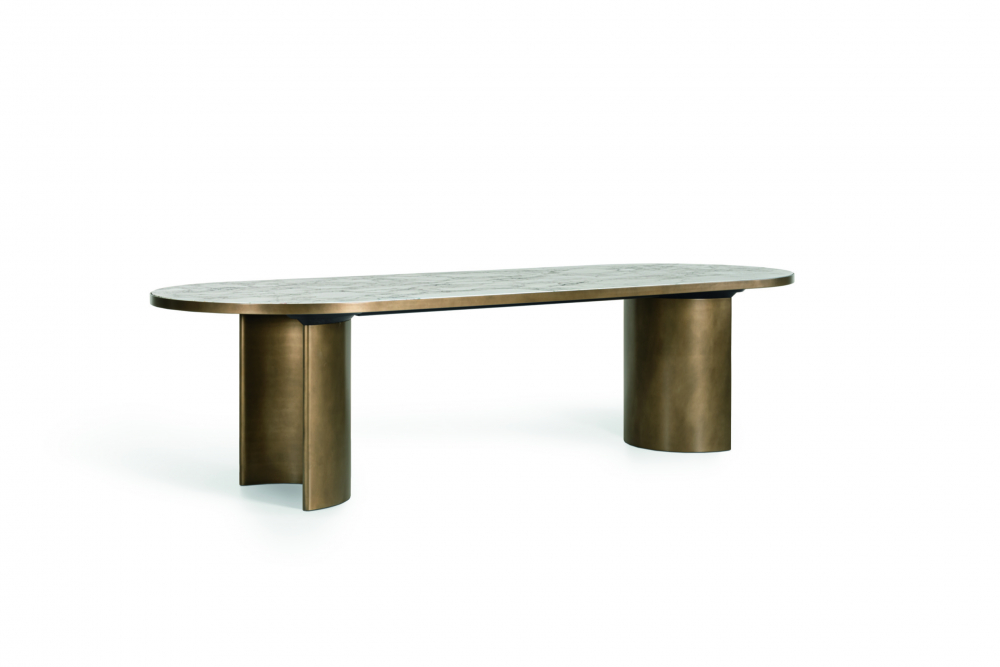The iconic Blevio table by Ignazio Gardella, one of the leading figures in the history of Milanese design, becomes part of the Heritage Collection, a collection by Molteni&C that looks to the future, to an otherwise lost artistic and cultural heritage to be treasured.
The Heritage Collection from Molteni&C
A design line that stems from the desire to find, in the history of Molteni&C, the hallmarks of a magnificent obsession with quality. From 1934 to the present, through the Heritage Collection, Molteni&C retraces the footsteps of a past that reveals itself to be contemporary.
Through intuitions, directions to be explored, experimentations toward design, craftsmanship to be interpreted with technological innovations – Molteni&C enhances the first prototypes of modern furniture: unique pieces or special projects revived in series or numbered editions, created by Gio Ponti, Werner Blaser, Yasuhiko Itoh, Afra and Tobia Scarpa. Important designers who confirm the vocation of the company, which has always collaborated with the greatest names in international architecture, creating avant-garde projects of the highest quality.
The Legacy of Ignazio Gardella
And so it is that Ignazio Gardella’s Blevio table becomes part of Molteni&C’s Heritage Collection, inaugurating the collaboration with the Archivio Storico Gardella: the first episode of a relationship of research and exchange, destined to develop in the coming years. The spaces of the Galleria d’Arte Moderna in Milan, renovated precisely by Gardella, and having hosted in 2015 the exhibition on the 80th anniversary of Molteni&C.
Designed in 1930, Blevio is a table that Gardella (1905-1999) created in one piece for his own family residence, Villa Usuelli in Blevio on Lake Como.
It is an extraordinarily harmonious and timeless piece of furniture that has become a collective legacy today; capable of condensing in its intrinsic simplicity the purest features of Gardella’s design, who, already an established architect on the Italian architectural scene, in those same years built in Alessandria the Sanatorio Vittorio Emanuele III (1928-1938) with its rationalist church, the Laboratorio di Igiene e Profilassi (1933- 1938) and the Dispensario Antitubercolare (1933-1938).
In Milan, Gardella designed the expansion and arrangement of Villa Borletti (1933- 1936), his first and most significant work on site.
It is in those experimental furnishings, designed ad hoc for the homes of the local bourgeoisie, that we trace the roots of that very great season of design from which Italian furniture originated, thanks in part to the architects’ collaboration with the manufactures of Brianza. To return to study these early examples, then, is to bring that important legacy back to light.
Meet the Blevio
Elegant and with linear geometricity, the Blevio table is rich in design, in details that reveal themselves upon close observation. It is born from a process of subtraction of the superfluous, from the perfect synthesis of form and function, from the careful and selected use of material that becomes an aesthetic feature.
It is a project that focuses on the essential and the abandonment of decoration as an end in itself. Blevio is original and inventive: it has a solid wood top in the shape of an elongated rectangle, concluded at the ends by two semicircles and supported by two solid wood elements with a hollow cylindrical section. The upper part of the vertical supports is connected to the top by two shaped wooden elements in the shape of a capital.
The refined and novel play of counter curves is also a structural stabilizing element: the geometric center of the semicircular ends of the plane coincides with that of the vertical supports. The use of curved forms responds to the need to emphasize the continuity of the surface while avoiding interruptions.
The original specimen is covered in copper, a material difficult to preserve in contemporary dining table uses.
Molteni&C’s Research and Development Center replaced the copper foil on the wooden top with a special metal powder coating that gives the same effect of solidity and handcrafted shine, imparting greater strength. As an alternative to the varnished wood top, a Breccia Capraia marble slab top was designed, which grafts into the aluminum profile, for a total thickness of 4 cm.
In addition, under the supervision of the Gardella Historical Archives, the proportions of the original design were scaled down to bring the top back to the heights of contemporary dining tables, ensuring respect for the original form. At Villa Usuelli, the table relates to richly decorated rooms, 19th-century floors, and the family’s antique furnishings.
The Blevio’s formal yet sculptural simplicity is capable of creating a dialogue not only within the single room but also with the surrounding rooms and with the most diverse styles, demonstrating a possibility of cross-use.





